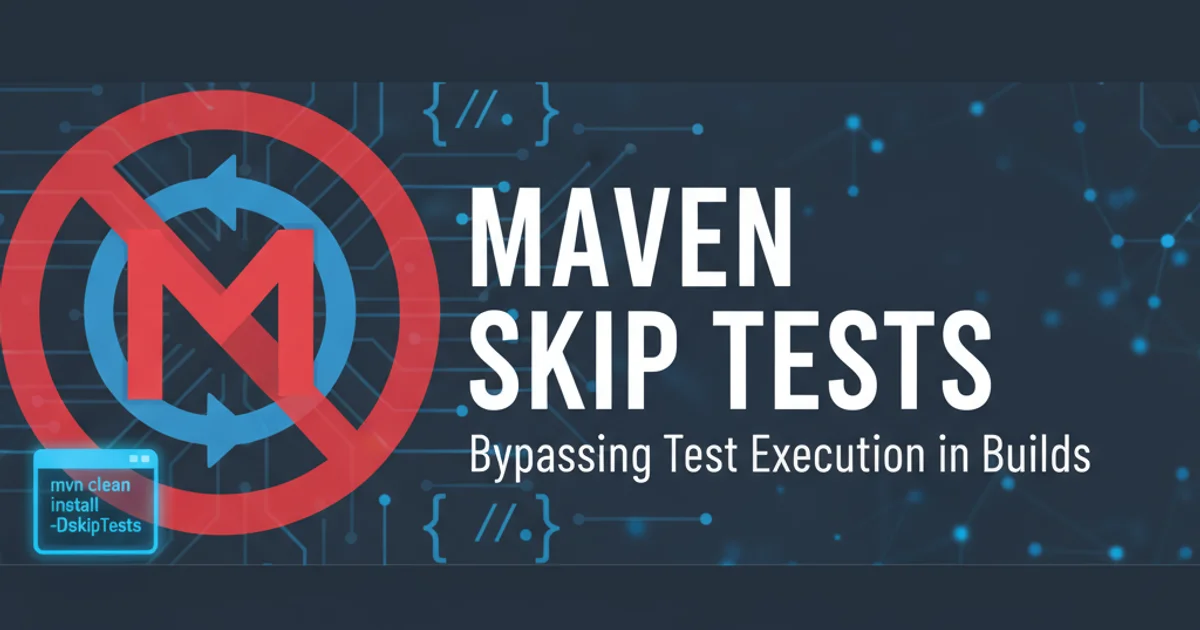Best way to create instance of child object from parent object
Categories:
Mastering Child Object Instantiation from Parent Objects in C#

Explore effective strategies for creating instances of child objects from within a parent object's context in C#, focusing on maintainability, flexibility, and adherence to object-oriented principles.
In object-oriented programming, particularly in C#, it's a common requirement to instantiate child objects from within a parent object. This scenario often arises in hierarchical data structures, composite patterns, or when a parent object is responsible for managing its constituent parts. While seemingly straightforward, the 'best' approach depends heavily on the specific use case, coupling requirements, and desired flexibility. This article delves into various techniques, from direct instantiation to more advanced patterns like factories and dependency injection, helping you choose the most appropriate method for your C# applications.
Understanding the Parent-Child Relationship
Before diving into instantiation methods, it's crucial to define what we mean by 'parent' and 'child' objects in this context. We're primarily referring to objects where one object (the parent) logically contains or manages another object (the child), often implying a composition or aggregation relationship rather than strict inheritance. While inheritance (is-a relationship) is a core OOP concept, here we focus on has-a relationships where a parent object holds references to child objects.
classDiagram
class Parent {
-List<Child> children
+AddChild(Child child)
+CreateChild(string name)
}
class Child {
-string name
+Child(string name)
}
Parent "1" -- "*" Child : containsClass diagram illustrating a Parent-Child composition relationship.
Direct Instantiation: Simplicity with Tight Coupling
The most straightforward way for a parent object to create a child object is through direct instantiation using the new keyword. This method is simple to implement and understand, making it suitable for scenarios where the child object's type is fixed, and its creation logic is simple and unlikely to change. However, it introduces tight coupling between the parent and child classes, meaning the parent directly depends on the concrete implementation of the child. Changes to the child's constructor or type might necessitate changes in the parent.
public class Parent
{
private List<Child> _children = new List<Child>();
public void AddNewChild(string name)
{
// Direct instantiation
Child newChild = new Child(name);
_children.Add(newChild);
Console.WriteLine($"Parent created child: {newChild.Name}");
}
public IReadOnlyList<Child> Children => _children.AsReadOnly();
}
public class Child
{
public string Name { get; private set; }
public Child(string name)
{
Name = name;
}
}
// Usage
// Parent parent = new Parent();
// parent.AddNewChild("Alice");
// parent.AddNewChild("Bob");
Direct instantiation of a Child object within the Parent class.
Child needs to be replaced by SpecialChild or MockChild for testing, the Parent class would require modification. This violates the Open/Closed Principle.Factory Pattern: Decoupling Creation Logic
To mitigate the tight coupling of direct instantiation, the Factory Pattern provides a more flexible approach. Instead of the parent directly calling new Child(), it delegates the creation responsibility to a separate factory object. This factory can be an interface or an abstract class, allowing different concrete factories to produce different types of child objects without altering the parent's code. This promotes loose coupling and adheres to the Dependency Inversion Principle.
public interface IChildFactory
{
Child CreateChild(string name);
}
public class ConcreteChildFactory : IChildFactory
{
public Child CreateChild(string name)
{
return new Child(name);
}
}
public class ParentWithFactory
{
private readonly IChildFactory _childFactory;
private List<Child> _children = new List<Child>();
// Factory is injected via constructor (Dependency Injection)
public ParentWithFactory(IChildFactory childFactory)
{
_childFactory = childFactory ?? throw new ArgumentNullException(nameof(childFactory));
}
public void AddNewChild(string name)
{
Child newChild = _childFactory.CreateChild(name);
_children.Add(newChild);
Console.WriteLine($"Parent created child via factory: {newChild.Name}");
}
public IReadOnlyList<Child> Children => _children.AsReadOnly();
}
// Usage
// IChildFactory factory = new ConcreteChildFactory();
// ParentWithFactory parent = new ParentWithFactory(factory);
// parent.AddNewChild("Charlie");
Implementing the Factory Pattern for child object creation.
Dependency Injection: Ultimate Flexibility
For the highest level of decoupling and testability, Dependency Injection (DI) is the preferred method. While the Factory Pattern already uses a form of DI (injecting the factory), DI containers can manage the entire lifecycle of objects, including the creation of child objects. In this approach, the parent doesn't even know how the child is created; it just receives an already constructed child object (or a factory to create it) through its constructor, property, or method. This makes the parent class completely independent of the child's concrete implementation and its creation details.
public interface IChild
{
string Name { get; }
}
public class ConcreteChild : IChild
{
public string Name { get; private set; }
public ConcreteChild(string name)
{
Name = name;
}
}
public class ParentWithDI
{
private readonly Func<string, IChild> _childFactoryMethod;
private List<IChild> _children = new List<IChild>();
// Inject a factory method (Func) to create children
public ParentWithDI(Func<string, IChild> childFactoryMethod)
{
_childFactoryMethod = childFactoryMethod ?? throw new ArgumentNullException(nameof(childFactoryMethod));
}
public void AddNewChild(string name)
{
IChild newChild = _childFactoryMethod(name);
_children.Add(newChild);
Console.WriteLine($"Parent created child via DI factory method: {newChild.Name}");
}
public IReadOnlyList<IChild> Children => _children.AsReadOnly();
}
// Example of how a DI container might configure this (e.g., using Microsoft.Extensions.DependencyInjection)
// var serviceCollection = new ServiceCollection();
// serviceCollection.AddTransient<IChild, ConcreteChild>();
// serviceCollection.AddTransient<ParentWithDI>(serviceProvider =>
// {
// // This lambda acts as the factory method for IChild
// Func<string, IChild> childFactory = (name) => new ConcreteChild(name);
// return new ParentWithDI(childFactory);
// });
// var serviceProvider = serviceCollection.BuildServiceProvider();
// var parent = serviceProvider.GetRequiredService<ParentWithDI>();
// parent.AddNewChild("David");
Using Dependency Injection with a factory method to create child objects.
sequenceDiagram
participant Client
participant DIContainer
participant ParentWithDI
participant IChildFactoryMethod
participant ConcreteChild
Client->>DIContainer: Request ParentWithDI
DIContainer->>DIContainer: Resolve Func<string, IChild>
DIContainer->>ParentWithDI: Inject Func<string, IChild>
Client->>ParentWithDI: Call AddNewChild("Eve")
ParentWithDI->>IChildFactoryMethod: Invoke("Eve")
IChildFactoryMethod->>ConcreteChild: new ConcreteChild("Eve")
ConcreteChild-->>IChildFactoryMethod: Return ConcreteChild instance
IChildFactoryMethod-->>ParentWithDI: Return IChild instance
ParentWithDI->>ParentWithDI: Add child to listSequence diagram illustrating child object creation using Dependency Injection with a factory method.
IChild) rather than a concrete class (Child), further reducing coupling and enhancing testability. This allows for easy swapping of child implementations.